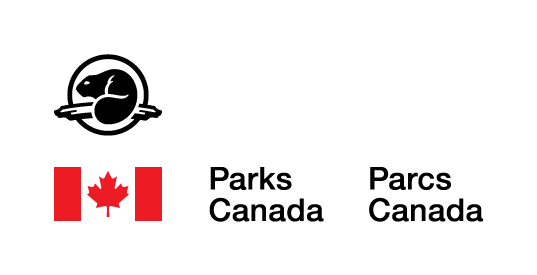Eastern Milksnake Monitoring Project
The eastern milksnake is a native, non-venomous species found across southern Ontario. It has been designated a Special Concern species at the federal level due to threats such as habitat loss and road mortality. These threats have been exacerbated due to urban sprawl, that has occurred in the Rouge Valley over the past decades. During road mortality surveys conducted by Adopt-A-Pond in 2010, several eastern milksnakes were found dead after being struck by vehicles on the roads surrounding what is now the Rouge National Urban Park (RNUP), indicating the need for monitoring in this area to understand how roads are impacting the local population.
Population surveys began in 2011 when 100 plywood Artificial Cover Objects (ACOs) were deployed at three sites to sample the population via mark-recapture methods, using unique head patterns to identify individual milksnakes. In 2015, the University of Waterloo began using radiotelemetry to track the movement of individual milksnakes and monitor habitat selection and behavioural adaptations. The data revealed that the snakes were modifying their behaviors across urban landscapes, showing increased movement rates and avoiding road crossings. The Adopt-A-Pond team has since continued mark-recapture surveys, with 55 additional plywood ACOs and 11 new sub-sites added throughout RNUP.
Although the eastern milksnake is the target species of our monitoring efforts, an additional benefit is the incidental observations of other snake populations in the area. The ACOs are checked weekly from the spring to fall. When a snake is present, the team will take body measurements and check for any abnormalities. This includes looking for signs of snake fungal disease, an emerging threat to free-ranging snakes in North America.

Photo: An eastern milksnake found during artificial cover object surveys.
Eastern milksnakes are an excellent species upon which to model wetland protection initiatives because they use a variety of wetland habitats throughout their life cycle, including prairies, meadows, and ravines. Protecting eastern milksnakes and their habitat goes a long way towards benefiting other wetland wildlife. Together, we can improve an entire ecosystem by protecting one species!
















